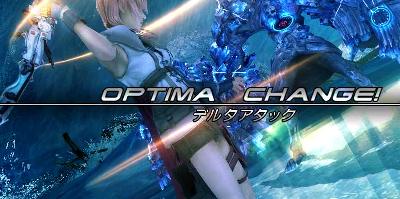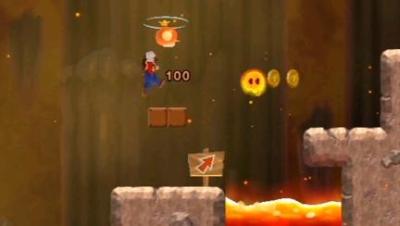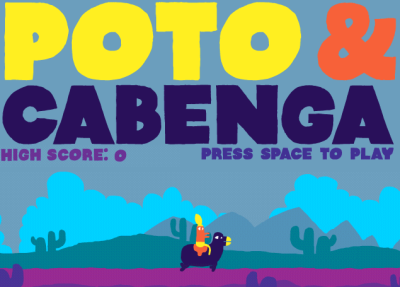At my last job as a game tester I was thrown into testing an update to a newly released game. I had never played it before so naturally I had a lot of questions. It was a first person shooter with large environments and many players. At one point I had a question about the overdrive RUN mechanic. I knew that I couldn't run forever and that my "stamina" would come an go. So I asked my co-workers how it worked. After a bit of "well, as long as you don't run a certain amount" and "just make sure you don't over boost" and "it refills sometimes more quickly than others" I interrupted by asking if the mechanic was like riding Epona from Zelda: Ocarina of Time. I got this immediate answer, "that's exactly what it's like!" We all laughed.
As I've said for a while on this blog, video games are extremely complicated. Not only are they hard to understand but they're even harder to explain even to fellow gamers. One thing that helps is having a wide range of video game experiences to draw metaphors from. Other is to use very specific, well defined terms so you say what you think instead of resorting to sweeping generalities. Saying "I messed up" isn't as effective as saying "I was tricked in a pattern based mixup with high and low attacks."
Every once in a while a game comes along with a new term that's so perfect, I can't imagine how I got by without it. And sometimes we have to coin our own terms.

Paradigm Shift. Coined first in Thomas Kuhn's book The Structure of Scientific Revolutions (1962), a paradigm shift now broadly refers to a fundamental change in ideology. Final Fantasy 13 has popularized the phrase in the realm of video games to mean a fundamental shift in tactics or strategy. But I think the term needs a little more specificity. After all, every action we make in a video game can be an adaptive response to the conditions in the game and therefore qualify as a change in tactics. Gamers create and switch between new strategies and playstyles all the time. So to make the term more exacting, I'll add that a paradigm shift involves changing the tactics, strategies, and/or roles of a multi part system of a single allegiance. In other words, paradigm shifting is all about players/characters fulfilling roles and then changing those roles together to fundamentally change their function. You can't paradigm shift playing one character in a shooter or a fighter. You can only do so as part of a team or when you control a team of characters.

Not many gamers know what the Mario enemy in the above image is called. But I'm confident most of us know how it moves and what kind of timing platforming challenges it creates. To end the mystery, it's a Podoboo. So, I've coined the term podobolic motion to describe an element (most likely an enemy element) that flies up from below and then falls back down with the same speed and timing.

One day I ran across this single button game created by Honeyslug. This is the prime example of a game with non individual mechanics. In it, you control 2 characters with 3 mechanics each: WALK, RUN, and JUMP. While many games have trained us to think that not pressing the button is inacton and pressing the button creates an action, in Poto & Cabenga, whether you press, hold, or do nothing to the space bar you will inevitably control 2 characters simultaneously doing different things. There aren't many games that force players to use the same set of controls to manipulate multiple independent characters/elements. Yet, when these cases come up, it's important to be able to describe the unique mechanics/controls design. Thus I felt compelled to coin a new term; poto&cabolic controls.
Like I explained in part 19 of An Examination of Skill, real time, non individual controls, and character states increases the potential for a game to have the subtleties and complexities to facilitate next-level play. In Poto & Cabenga, next-level play includes taking advantage of the "falling state" when either character is in the air. At these times, the character(s) in the air is completely out of player control. With this state and controls design, you can effectively sync and desync the characters positions and actions.
Addition examples of games with poto&cabolic controls are...
- Chronos Twins. Control both characters at once.
- Super Smash Brothers Brawl: Controlling Pit and looping up to 4 arrows simultaneously
- Melee/Brawl: Syncing and desyncing the Ice Climbers
- Zelda: Four Swords (GameCube/GBA). Controlling more than one link at once.
- RO9, RO99, RO999.
If I had a coin for every term I've coined, I'd certainly have an extra life by now. Check out the recently updated Critical-Glossary for over 240 terms to help you clearly talk about video games.